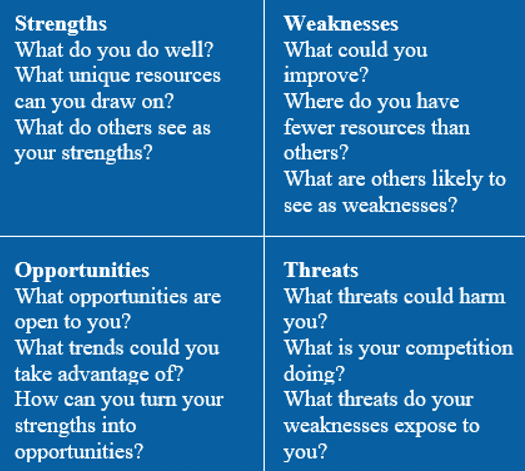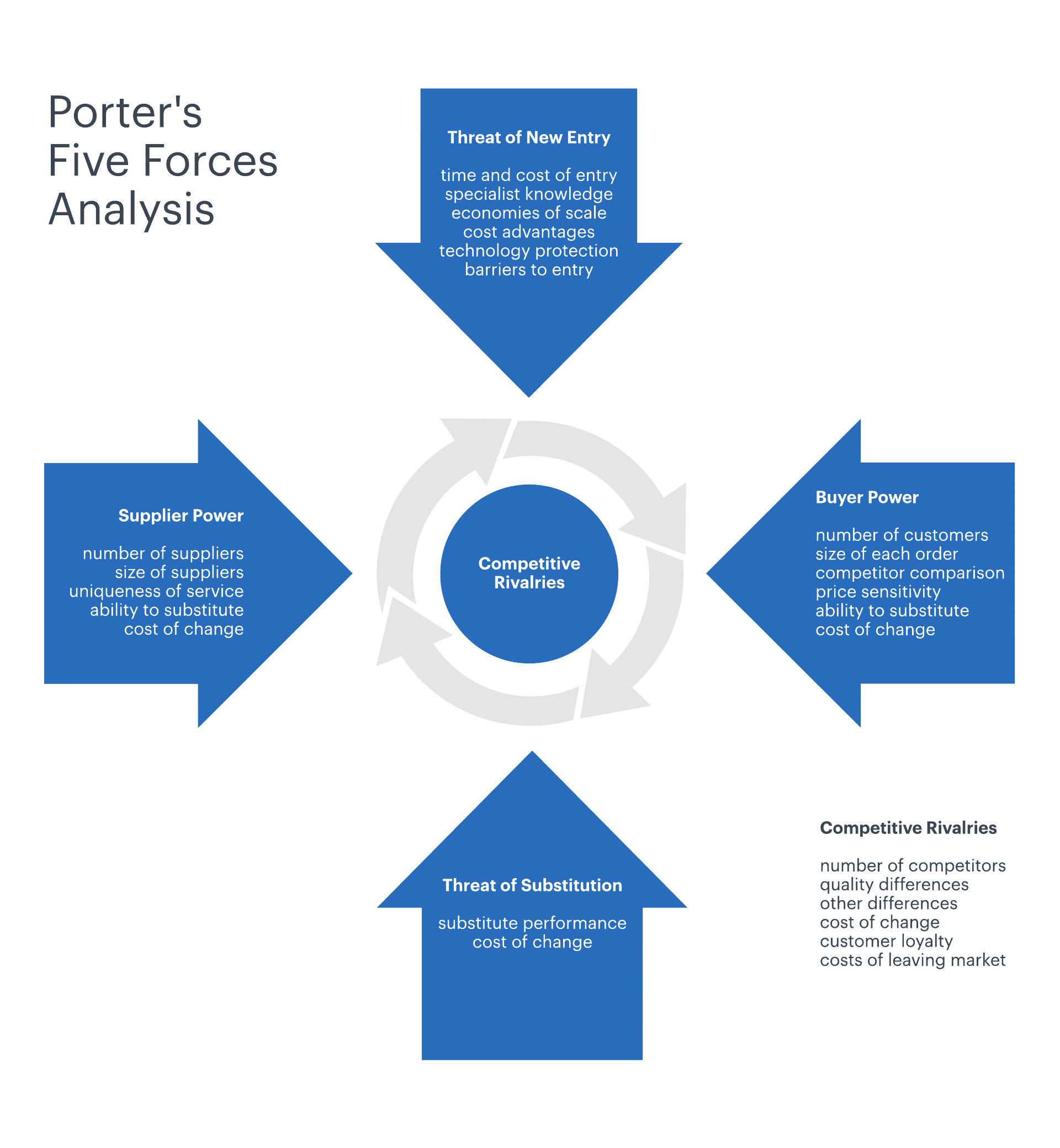Thus, in this article of our 4-part series ‘Competitive Advantage’, we guide you through the necessary steps to help you build a winning strategy around your competitive advantage. Using this, you can better leverage your advantage and achieve long-term growth for your company.
Porter’s Generic Strategies
There are numerous competitive strategies employed by business professionals to assist with the growth, profitability, and management of their businesses. Among them, Porter’s generic strategies are very helpful in creating a sustainable competitive advantage for companies.
Michael E. Porter, a professor at Harvard Business School, is revered for his business strategies on management and competitiveness. In his book, “Competitive Advantage: Creating and Sustaining Superior Performance”, he set out three strategies for competitiveness, applicable to organizations of all sizes in all industries.
They are:
- Cost leadership
- Differentiation
- Focus
The focus strategy is further divided into Cost Focus (cost minimization within a focused market) and Differentiation Focus (strategic differentiation in a focused market).
The Cost Leadership Strategy
The aim of this strategy is to be the leader in terms of cost in your market or industry. It offers two ways of gaining a competitive advantage. The first is increasing profits by reducing costs but charging the average industry prices. The goal here is to maintain the same prices as competitors while reducing business conduction costs. You can hence increase profits without extra expense.
The second one is increasing your market share by lowering the selling point. You can still make reasonable profits and underbid your rivals because the production costs will be lesser, and the lower selling price might attract more customers.
By lowering their prices, cost leaders can focus on increasing production efficiency while increasing profits. They are well-equipped to reduce their costs and withstand competition from higher-priced companies.
Moreover, since many consumers are price-sensitive, they tend to gravitate towards businesses offering lower-priced goods. Hence, cost leaders are more likely to sell more units, increase their market share, decrease unit costs, and fuel even greater profits!
Differentiation
The differentiation strategy involves making your products or services more attractive and unique than your competitors. Its implementation depends on the nature of your offerings, industry, and the market. Some factors that play a role in differentiating your products include:
- Functionality,
- Uniqueness of features,
- Durability,
- Support,
- Brand image, and reputation.
For this strategy to succeed, you need continuous development, innovation, and research about your customer’s needs and the market. If you are responsive to your buyers’ needs and wants, they’ll be willing to pay premium prices higher than your rivals.
The Focus Strategy
In the focus strategy, companies have the option to choose any of the above two strategies and implement them within a niche market. Here the focus is to generate a loyal and specific client base. Understanding the changing market dynamics and unique customer needs will help you develop unique well-specialized products to serve your customers well and build brand loyalty.
You must decide which of the two strategies to choose for the focused market. You shouldn’t focus on a small market segment just because your company is too small for a broader market.
Instead, you must contribute something extra to the customer base. You can do so by either deeply understanding their needs for a higher differentiation or reducing costs through specialist suppliers.
Choosing the Right Strategy
Porter specifically warns against following multiple strategies. Because each requires a different approach, workforce, and resources. Before building a winning competitive strategy for your company, make sure to analyze its strengths and competencies. You must:
- Conduct a SWOT analysis.

It is done using a 2X2 matrix, one square each for:
- Strengths (what your company does better than the competition to distinguish itself)
- Weaknesses (organizational aspects that need improvement, practices to avoid, etc.)
- Opportunities (positive events, chances of business growth/expansion in the future)
- Threats (external factors that can negatively impact your company, like market changes, supply-chain issues, recruit shortages, rising competition, etc.)
- Use Porter’s five forces to analyze your market and industry

Porter’s five forces model examines the key forces that directly affect the amount of competition your company will face in the industry.
They include:
- Intensity of Industry Rivalry
This refers to the number of competitors and their ability to undersell your company. Your company’s power decreases if the number of rival firms increases along with their equivalent product offerings, and they offer better deals at lower prices.
But if rivalry is low, your company has more power to charge higher prices and regulate dealing terms to generate higher sales and profits.
- Threat of Potential New Entrants in the Industry
Your company’s position can be significantly weakened if new rivals can enter your market within lesser time and compete effectively. It is ideal to opt for an industry with strong limitations to entry. With this, the existing companies can safely charge higher prices and negotiate better deal terms.
- Power of Suppliers
The power of suppliers depends on three factors: the number of suppliers of the key components of your product or service, the uniqueness of those components, cost of switching to other suppliers.
If there are fewer suppliers in the industry, you would be more dependent on them. Consequently, they would have more power to drive up their costs and leverage other trade advantages. Conversely, if there are many rival suppliers and the switching cost between them is low, you can enhance your profits by keeping costs low.
- Power of New Buyers
Your customers can lower your prices. This ability is influenced by the number of buyers your company has, their importance, and the cost of finding new customers or market for your output. In smaller customer bases, each has more power to negotiate for lesser prices and greater deals.
But if your company has many small and independent buyers, you can easily increase the prices for higher profitability.
- Threat of Substitute Products
Substitute products and services that people can opt for over yours threaten your sales. With no close substitutes, you can decide on favorable deal terms and charge higher prices for profits. But if your rivals provide similar products for lesser prices, the customers can choose to give up your products. This weakens your company’s power.
This model is useful for analyzing the competitive structure of the whole industry, creating targeted goals, and shaping your business strategies to the broad competitive landscape. You can get valuable insights for your company to decide the right time to enter a new market, for instance, or dilate your product offering to reach new buyers.
2. Compare both the analysis results to build a strategy that will help you reduce supplier and customer power and eliminate the threats of substitutes and new entrants.
Whether your sales rep is trying to sell in an oversaturated market or reduce conversion time, having a competitive advantage can give them a boost. If you are seeking to build the definitive winning strategy for your company to outperform your rivals, get in touch with us today.
Stay tuned to read the next article in our ‘Competitive Advantage’ series to discover the best practices for generating competitive advantage. You can learn more about this advantage and its importance in the first of this series.


